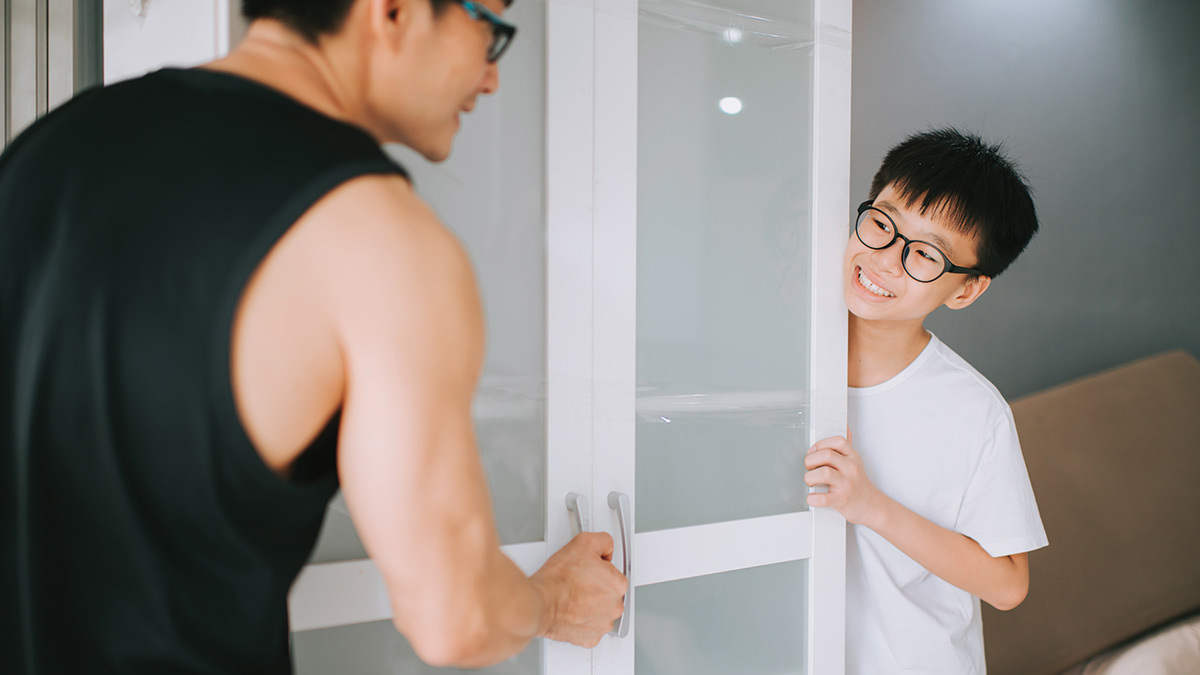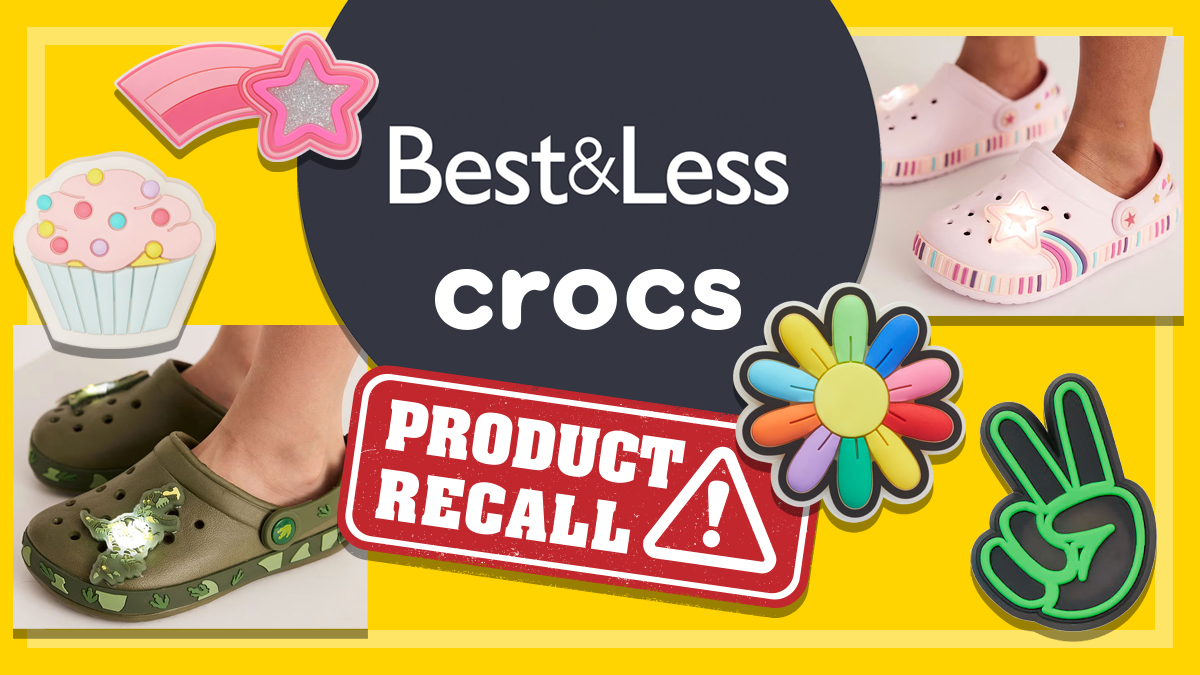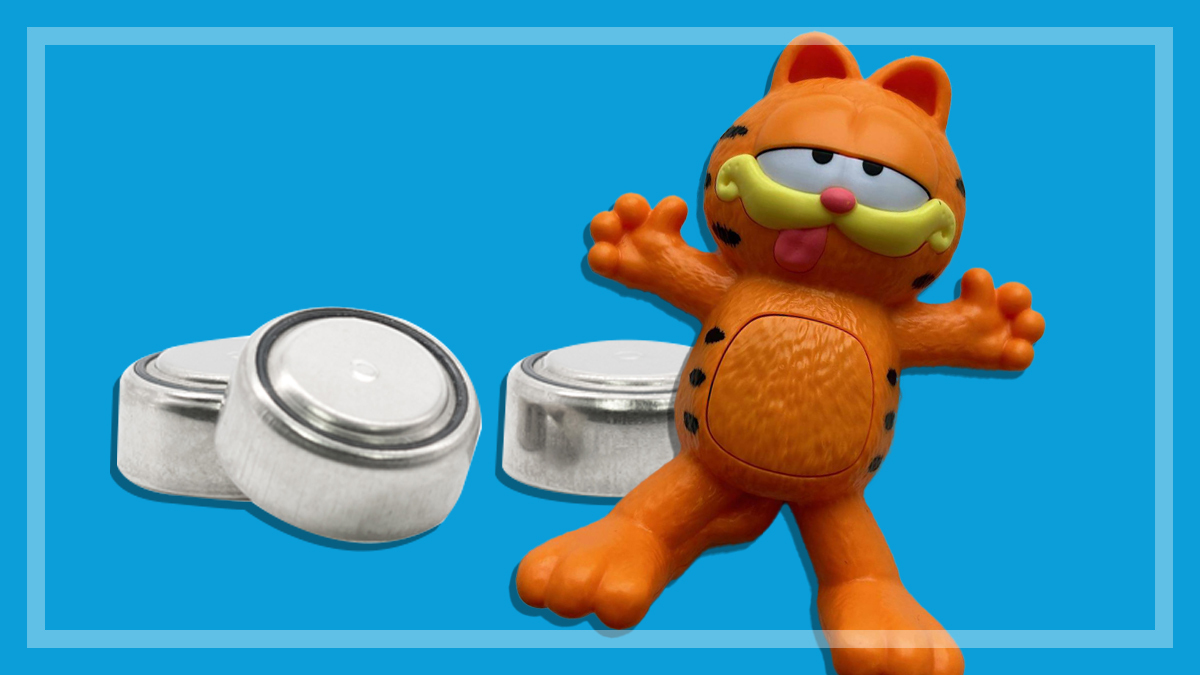Get our independent lab tests, expert reviews and honest advice.
The danger of toppling furniture and how to avoid it

Need to know
- Toppling furniture and TVs have killed at least 28 people in Australia since 2000, including 17 children under five
- Suppliers will be legally required to display clear safety warnings and advice about securing and anchoring products such as TV units, chests of drawers, wardrobes and bookcases
- Follow our tips and advice to ensure you are securing your furniture safely
How secure is the furniture around your home? Common items such as bookshelves, televisions and chests of drawers can cause serious safety risks if they are not anchored properly, and are particularly dangerous for younger children and older Australians.
Toppling furniture and TVs have killed at least 28 people in Australia since 2000, including 17 children under five, and each year they cause injuries serious enough to require medical assistance in at least 900 people.
In a bid to prevent the injuries and deaths caused by toppling furniture, which can include head and crush injuries and asphyxiation, suppliers will be legally required to display clear safety warnings and advice about securing and anchoring products such as TV units, chests of drawers, wardrobes and bookcases.
The move follows the ACCC’s review into the risks and dangers of toppling furniture – for which CHOICE made recommendations for in 2021 – and the new standard applies to chests of drawers, wardrobes, bookcases, hall tables, display cabinets, buffets and sideboards with a height of 686mm or more and entertainment units of any height.
The majority of consumers mistakenly believe it’s already illegal to sell unsafe products in Australia.
Andy Kelly, CHOICE Deputy Director of Campaigns and Communications
The mandatory information standard is a “positive step” and something CHOICE has advocated for, says CHOICE Deputy Director of Campaigns and Communications, Andy Kelly.
“The majority of consumers mistakenly believe it’s already illegal to sell unsafe products in Australia, so prominent warnings and clear instructions to minimise risk are especially important,” he says. “CHOICE continues to call for the introduction of a general safety provision in the Australian Consumer Law that would place a duty on businesses to ensure the products they sell are safe.”
Suppliers have a transition period to put the warning measures in place, so you may not see the information on all products yet. But after the rules become mandatory on 4 May 2025, businesses could face stiff penalties for supplying non-compliant products in breach of Australian Consumer Law.
Making it easier for renters
Renters often report having trouble securing furniture in their home, since anchoring furniture requires drilling holes in the wall and requires permission from the landlord. In a 2020 CHOICE survey, 58% of renters who hadn’t anchored furniture said the number one reason was because their landlord or managing agent didn’t allow it.
If you’re renting a home, contact your landlord or agent about installing anchor devices to the wall. Some states have laws that make it easier for tenants to secure furniture, and all tenants can speak to their landlord or agent about installing anchoring devices to help ensure their family’s safety. If you’re unsure about your rights and responsibilities as a tenant, you can check local laws, or seek support from your local consumer protection agency.

How to pick safer furniture when shopping
When you’re out shopping, use these tips to help you pick safer furniture, particularly if you’re shopping for furniture for a child’s room, or if you have young children living in or regularly visiting your home.
- Choose stable furniture.
- Pull out any top drawers of a chest of drawers or open doors on other furniture items and apply a little pressure to see how stable the furniture is.
- Make sure the drawers don’t fall out easily.
- Look for built-in drawer stops that limit how far drawers can be extended or interlocks that prevent more than one drawer being opened at the same time.
- Look for furniture with sturdy backing material which increases stability.
- Look for low-set furniture, or furniture with a sturdy, stable, broad base which makes it less likely to tip over.
Tips to reduce toppling furniture incidents in your home
Whether assembling or arranging new furniture or reviewing the safety of your current furniture, here are some things to keep in mind.
- The best way to prevent furniture from tipping over is to secure it to the wall or floor. If your furniture doesn’t come with anchoring hardware you can buy this from a furniture retailer, hardware store or a specialty baby goods store. You can also do this if you’re securing furniture you’ve had for a while, or bought second-hand. If you’re not sure which product is right for your furniture, ask at your local hardware store, or seek the advice of a professional.
- Place furniture on a flat, even surface where possible. Furniture is more unstable when placed on an uneven or soft surface, such as carpet or a rug. If you plan to place your furniture on carpet against a wall, check to make sure the carpet isn’t bulging.
- Keep your heaviest items at the bottom of your drawers or shelves. Top-heavy furniture is easier to tip over.
- Do not place heavy items such as TVs or items that are enticing to children on top of furniture.
- Put locking devices on all drawers. They can help prevent children from opening them and using them as steps.





